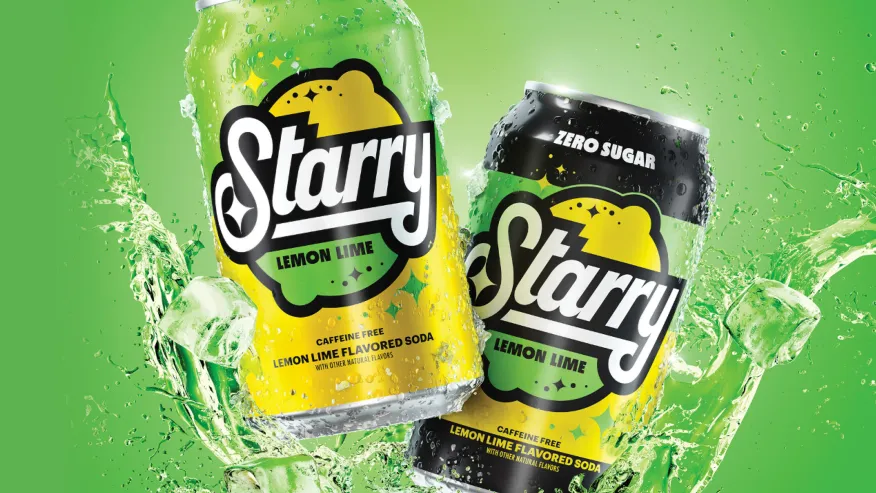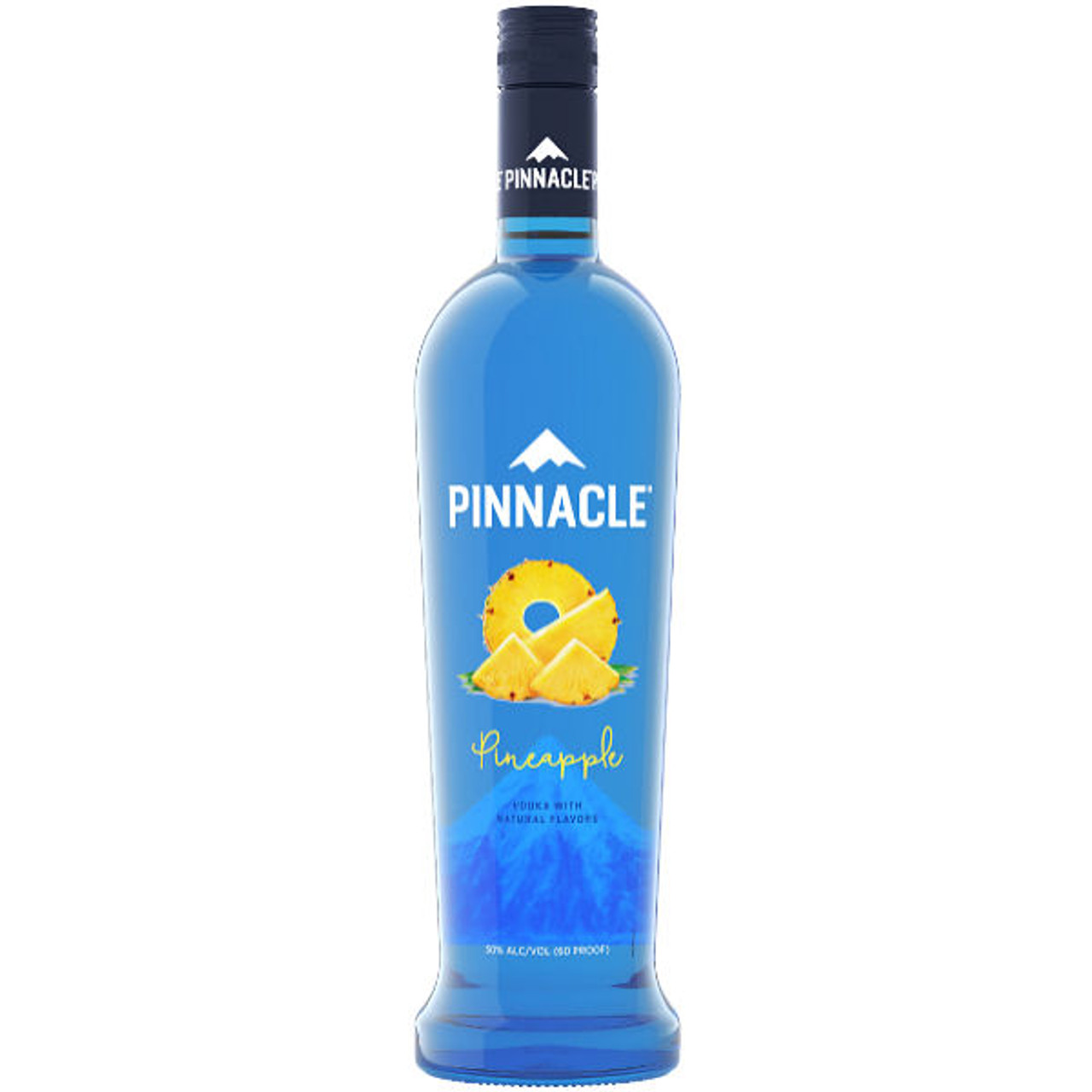I. Introduction
Launched in 1999, Sierra Mist was PepsiCo’s long-standing answer to Coca-Cola’s Sprite—a lemon-lime soda aimed at capturing a sizable share of the soft drink market. Marketed as a crisp, refreshing, and sometimes “natural” alternative to other sodas, Sierra Mist went through multiple formula and branding shifts over two decades. However, in January 2023, the product was officially discontinued and replaced with a new offering called Starry.
Following its discontinuation, Sierra Mist became the center of a legal controversy. Allegations emerged regarding deceptive advertising, ingredient misrepresentation, and consumer confusion over whether Starry was a rebrand or an entirely new product. Additional rumors swirled online, claiming trademark disputes involving social media influencers influenced the decision to retire the Sierra Mist brand. These concerns have led to ongoing legal scrutiny and widespread public debate.
II. Background & Timeline
1999: Sierra Mist Launches
Sierra Mist made its debut as a “refreshing and clean” soda marketed heavily as a natural lemon-lime alternative to Sprite and 7UP. Over the next two decades, it gained popularity for its milder flavor and association with “real ingredients” (Nexcub, Reddit).
2010–2014: Formula Fluctuations
During this period, the formula shifted dramatically. Initially, Sierra Mist boasted real cane sugar. Later, it introduced a stevia blend to appeal to health-conscious drinkers. However, the product reverted to high fructose corn syrup (HFCS)—raising consumer concern about ingredient transparency (Red and White Magz, Wikipedia).
2016–2018: “Mist Twst” Era
In an attempt to revamp the brand, PepsiCo rebranded Sierra Mist to Mist Twst, which was short-lived and poorly received. By 2018, the company reverted to the original Sierra Mist name, signaling confusion in the brand’s identity (LawJudicial).
2023: Starry Replaces Sierra Mist
In January 2023, PepsiCo quietly pulled Sierra Mist off shelves and introduced Starry—a similar lemon-lime soda positioned as a bold, Gen Z-friendly product (Wikipedia, Reddit). No official announcement clarified whether this was a replacement or a rebrand, adding to the legal confusion.
III. Key Legal Claims
A. Deceptive Advertising & Ingredient Misrepresentation
Consumers allege Sierra Mist was falsely marketed as a natural beverage made with real sugar, despite frequent changes in formulation, including the return to HFCS. Plaintiffs argue that these changes were not clearly disclosed, violating FDA transparency guidelines (Chalif Law, DuzzBuzz).
The plaintiffs further claim that the product’s inconsistent ingredient labeling misled health-conscious buyers, who were under the impression they were consuming an all-natural soda. Although labels may have reflected formula changes, critics argue they lacked clear, front-facing disclosure, especially during the stevia and HFCS transitions.
B. Misleading Discontinuation & Trademark Confusion
A second legal point focuses on the lack of transparency in the discontinuation of Sierra Mist. Consumers state that there was no clear communication from PepsiCo about Sierra Mist being removed or Starry being its official successor. This has led to confusion about whether Starry is a new product or simply a renamed Sierra Mist (USA Lawyer Now, Nexcub).
C. Trademark Dispute (Sierra Mist vs. Cierra Mistt)
One viral theory speculated that PepsiCo dropped the Sierra Mist name due to a legal conflict with Cierra Mistt, a TikTok aviation influencer. However, this rumor has been widely debunked. Experts confirm that PepsiCo still owns the Sierra Mist trademark, and there is no public record of litigation involving Cierra Mistt (Law Battlefield, MivaDiva).
IV. PepsiCo’s Response & Defense
PepsiCo has denied all claims of misleading advertising or illegal marketing tactics. The company asserts that all formulas and ingredients complied with FDA and FTC regulations, and that labeling was appropriately adjusted to reflect any changes in product composition (World Global Magazine, DuzzBuzz).
Regarding the launch of Starry, PepsiCo positions it as a new brand designed to appeal to younger consumers, claiming it underwent significant taste and marketing research—not just a renaming of Sierra Mist. According to Chalif Law, PepsiCo maintains that Starry has a distinct identity and recipe.
V. Consumer Sentiment & Public Discourse
The public’s response to the Sierra Mist lawsuit is mixed. Many consumers feel betrayed by PepsiCo’s lack of transparency and believe they were misled by “natural” branding and sugar claims. Others argue that buyers should have paid closer attention to the ingredient labels as formulas changed (Red and White Magz).
On Reddit and Twitter, users widely dismissed the influencer trademark theory. One Redditor wrote,
“There isn’t a single article on this from a source I’d trust… I think she’s invented this whole thing.”
Another noted:
“No, trademarks don’t ‘expire.’ And had there been any serious legal issue … it would have been big news.”
These reactions reveal a growing consumer skepticism toward viral marketing narratives and confusion stemming from silent rebranding.
VI. Legal Status & Possible Outcomes
As of July 9, 2025, the Sierra Mist lawsuit remains active. While no official settlement has been publicly disclosed, some legal insiders speculate that PepsiCo may agree to stricter labeling practices and potentially consumer compensation if deception is proven (USA Lawyer Now).
Possible outcomes could include:
- Revised advertising regulations
- More rigorous FDA labeling oversight
- Class-action payouts to affected consumers
VII. Broader Implications
For Consumers
This case highlights how marketing language like “real sugar” or “natural” can be deceptive, especially when formulas change over time. It stresses the importance of label literacy and consumer vigilance.
For Corporations
The lawsuit sets a precedent for how legacy products are transitioned or rebranded. Failure to clearly communicate those changes can result in legal action and brand distrust.
For Regulators
The case may prompt stricter enforcement of marketing claims in the food and beverage sector, particularly around health-driven branding in soft drinks.
VIII. Conclusion
The Sierra Mist lawsuit centers on a vital question: Did PepsiCo mislead consumers with ingredient claims, silent rebranding, and opaque discontinuation of a beloved soda? While viral theories about TikTok influencers have captured public attention, the real issue lies in corporate transparency and consumer protection.
Whether the lawsuit leads to reform or dismissal, its outcome could influence how all major brands handle ingredient disclosures, rebrands, and public communication. For now, Sierra Mist remains a case study in what happens when corporate transitions collide with consumer expectations and regulatory accountability.



